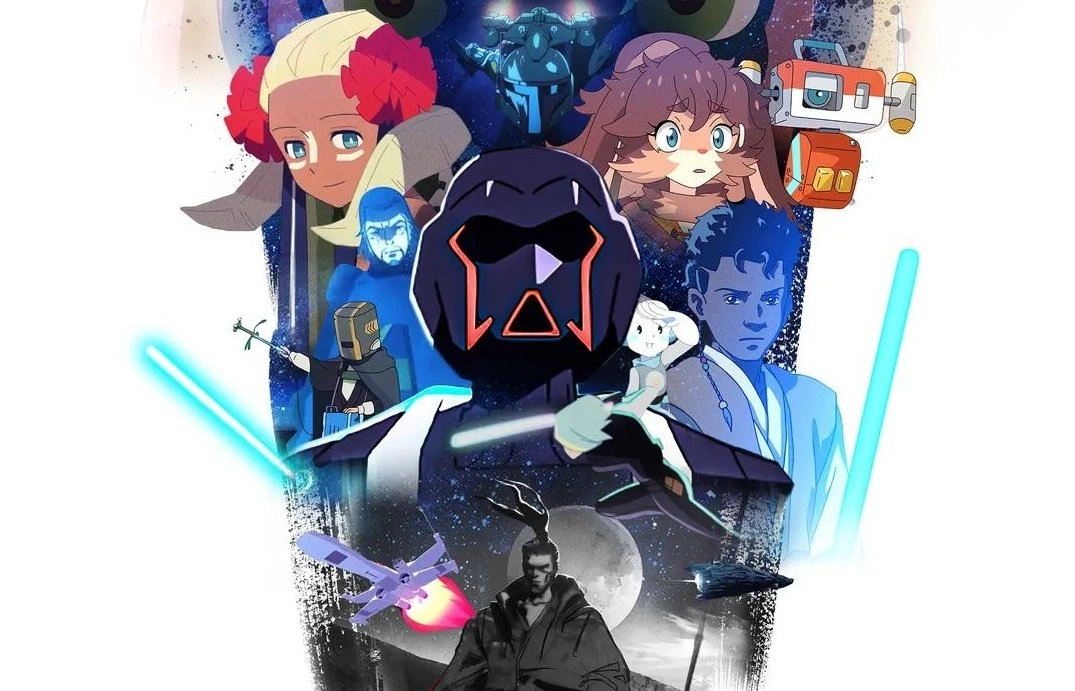I can’t believe that “Star Wars” and Japanese anime are linked together in a dream!
Some time ago, Lucasfilm and Japan’s top animation studios launched an animated series “Star Wars: Visions” that played Star Wars IP into new tricks.
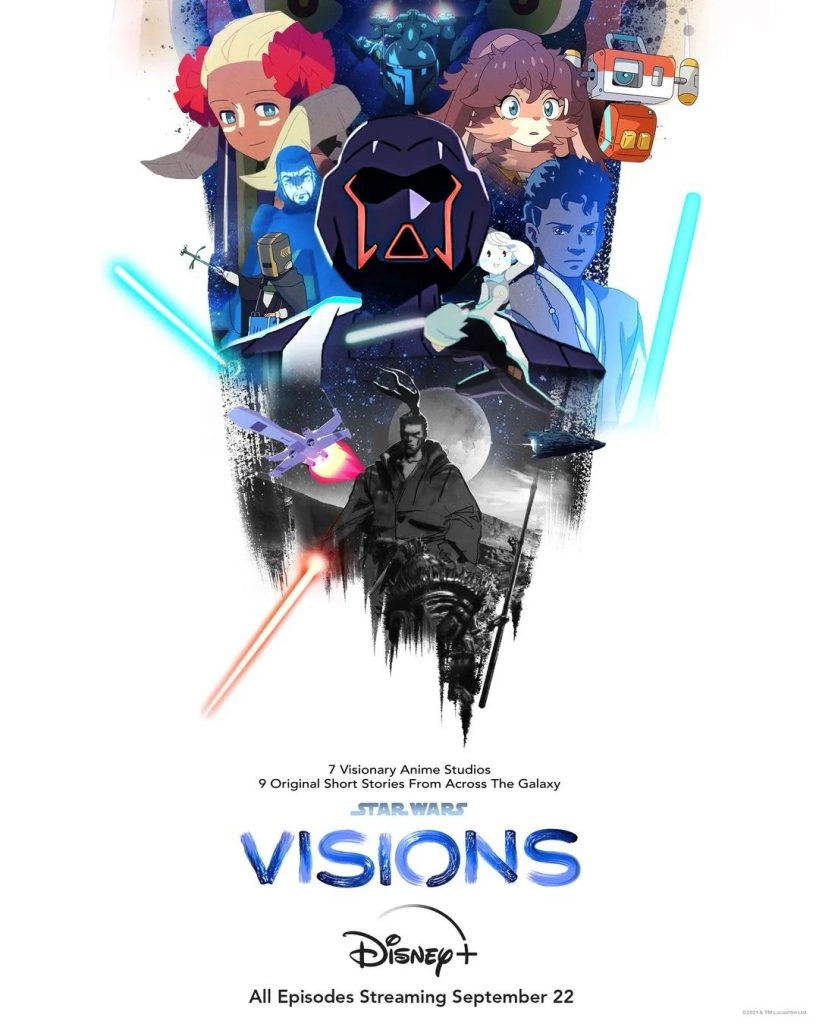
7 Japanese studios, shooting 9 episodes of Star Wars Gaiden-style stories.
Each episode of “Star Wars: Visions” has an independent story, a different style, and is short and concise.
Although “Star Wars: Visions” follows the basic settings of Star Wars, and the dubbing also includes Hollywood stars such as Joseph Gordon-Levitt, Lucy Liu, and Simu Liu, most of the characters are Japanese originals.
Related Post: Season 2 of the animated series “Star Wars: Visions” is in production, and the new season will be released this year!
This form of proposition creation and free play is actually very similar to Netflix’s “Love, Death&Robots” series.
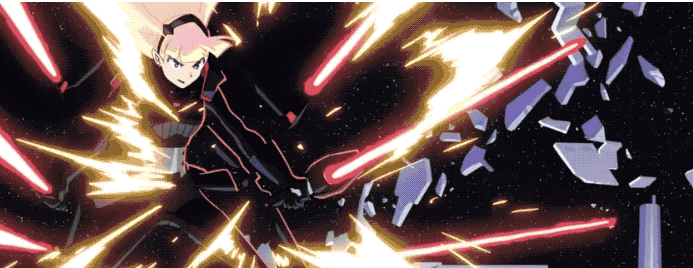
Let’s take a look at the 7 lucky studios that were selected. They are: Kamikaze Douga, Studio Colorido, Trigger, Kinema Citrus, Science Saru, Production I.G, Geno Studio.
Today I also take this opportunity to bring you closer to these animation companies that have created a beautiful two-dimensional element.
Kamikaze Douga
Kamikaze Douga is a well-known animation studio in Japan.
Their slogan is “Compromise or die”, and it sounds full of fighting spirit of “If you fail to succeed, you will become benevolent.”
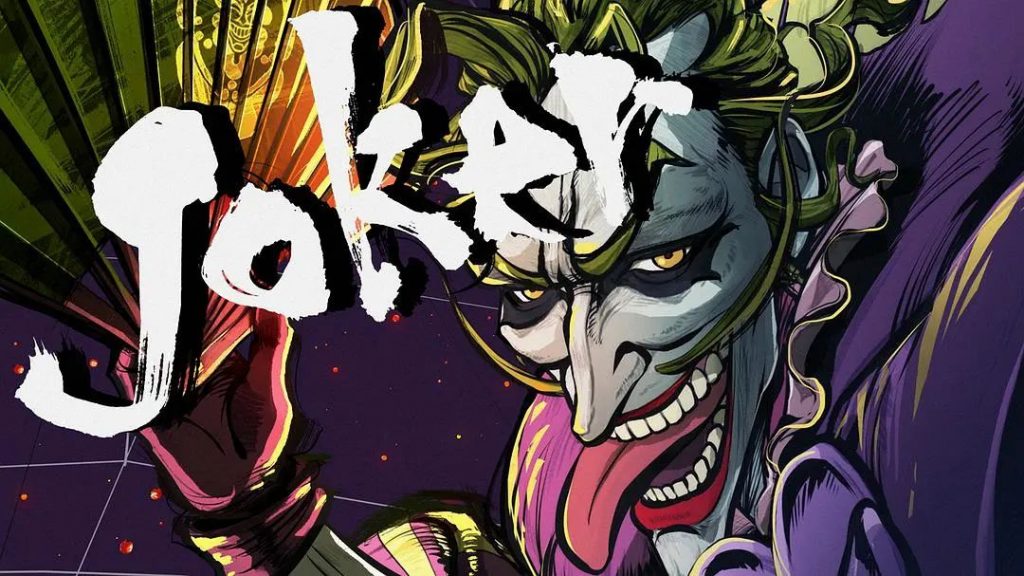
Under the influence of such a corporate culture, Kamikaze Douga is of course a high-quality product.
Kamikaze Douga’s masterpieces are “Batman Ninja” and “JoJo’s Bizarre Adventure” 1-3.
They were determined to do CG with Japanese characteristics when the studio was founded, and they are good at creating the visual impact of mashups.
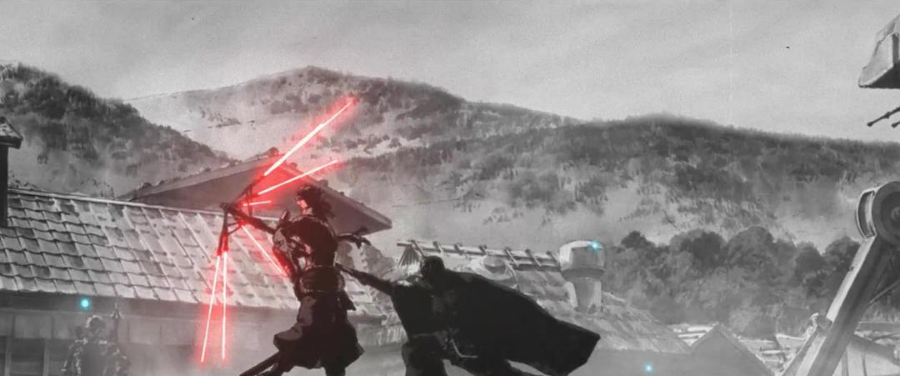
Just as “Batman Ninja” perfectly blends Japanese comics and American comics, Kamikaze Douga also played to the extreme in “Star Wars: Visions-The Duel”.
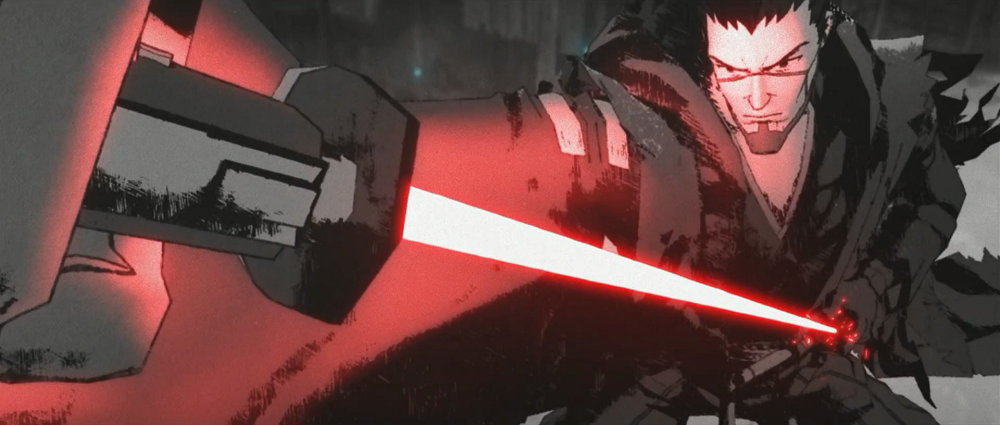
Star Wars elements are integrated into the Japanese samurai movie. The Japanese warrior and the Star Wars villain Sith are going to stage a peak duel in the ancient villages and towns.
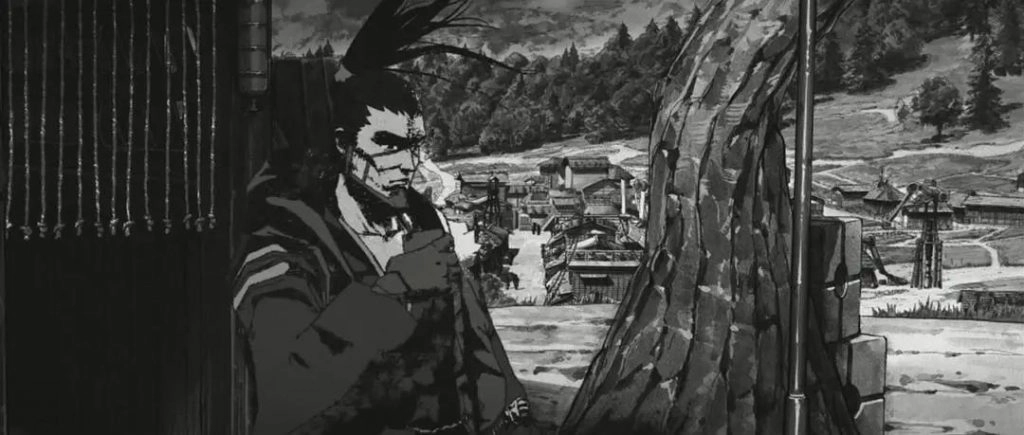
Under the solemn black and white picture, the red blade of the lightsaber in the samurai’s hand was extremely dazzling.
Shenji Animation is well versed in the essence of the samurai films of Akira Kurosawa, Masaki Kobayashi, and Kihachi Okamoto. In “Star Wars: Visions-The Duel”, they used clean and sharp action scenes to film the back light of the sword halberd movie.
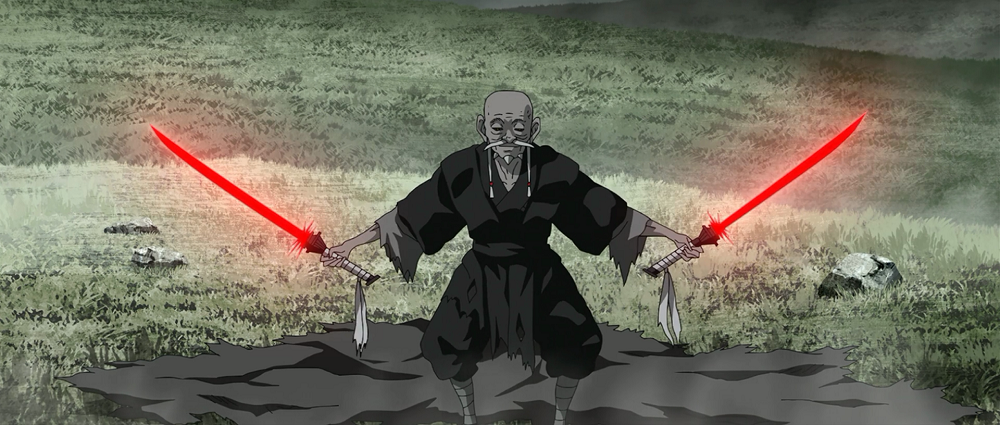
The ending of the lonely and brave man even more reveals the long-lasting charm of the world.
Studio Colorido
Studio Colorido was founded in 2011, and its core member is Hiroyasu Ishida, the director of “Hinata No Aoshigure” and “Penguin Highway”.
He is considered “the next Xin Haicheng”.
It is not difficult to find that Studio Colorido’s animation style is fresh and lively, with many colors but not chaotic, full of healing texture, and Studio Colorido is very good at using music to render the atmosphere.
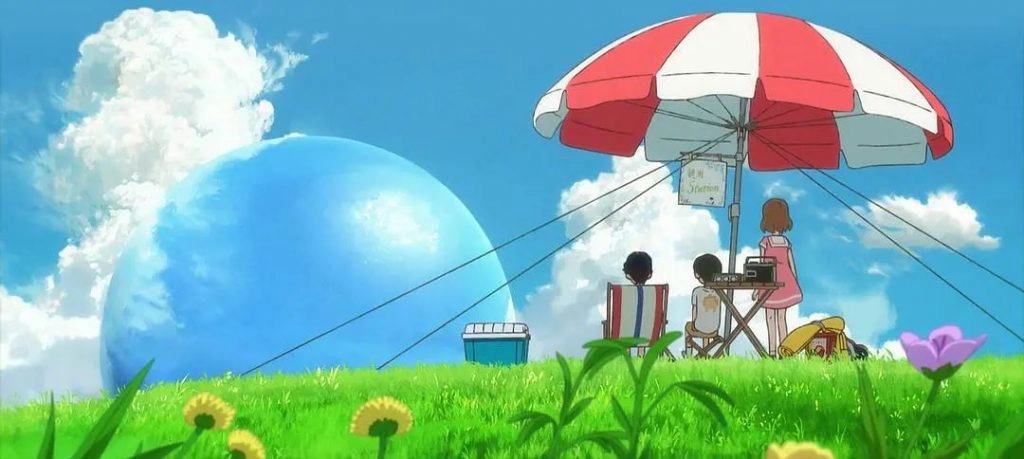
In the work “Shashinkan”, Studio Colorido shows the level of mastering another style.
They can also hold the Japanese retro pictures and a slightly heavy history.
However, the common style of Studio Colorido’s painting is somewhat contrary to the theme of Star Wars this time.
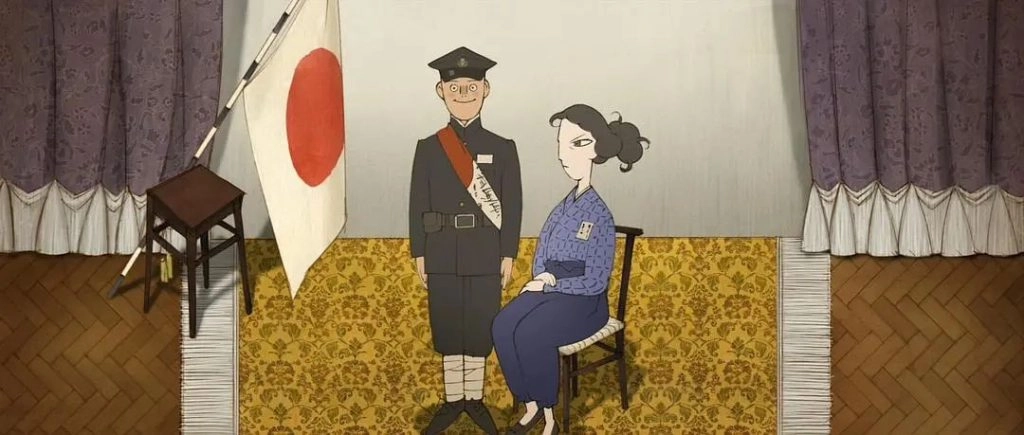
“Star Wars: Visions-Tatooine Rhapsody” produced by it tells the story of music saving everything.
The protagonist of “Star Wars: Visions-Tatooine Rhapsody” is set to be a member of the band, and the galaxy concert has infected Jabba who wanted to take his life.
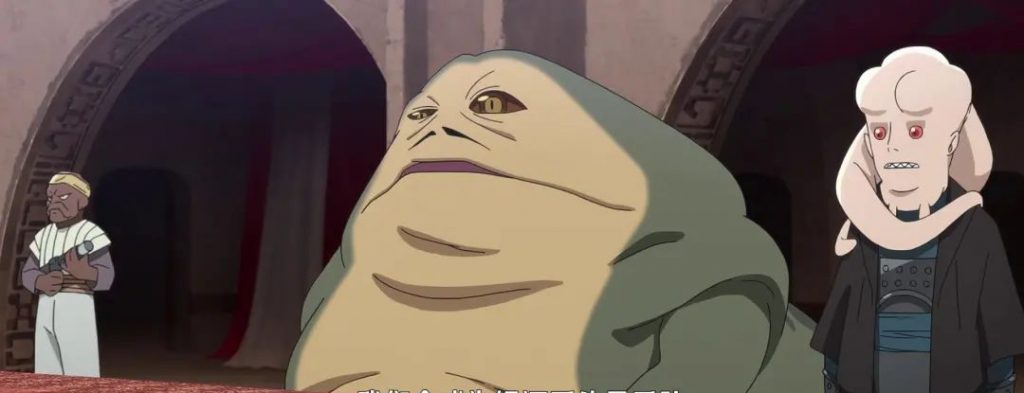
This plot is also a bit nonsensical.
Trigger
Trigger has been established for ten years, but its development has been exceptionally rapid. It is known as the existence of “Saving Riman”. Its predecessor was GAINAX company.
That’s right, Trigger is the big hit in the industry for making “EVA”.
Trigger’s two masterpieces “KILL la KILL” and “Little Witch Academia”.
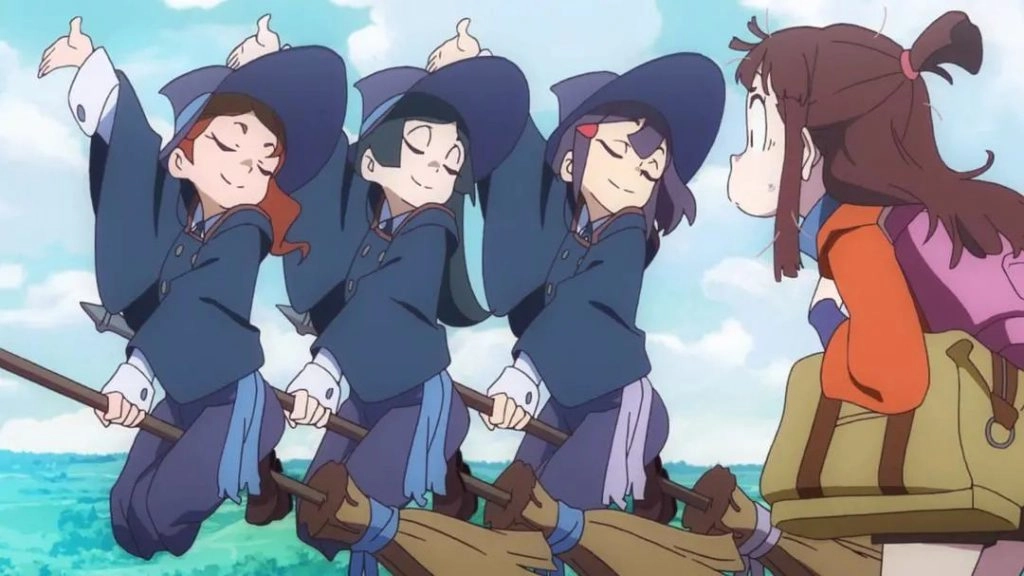
Its response in the European and American markets has been great.
Trigger is very ambitious, and its goal is to go to the world.
This also affects their animation strategy. It usually selects Japanese-featured elements and European and American common elements to be incorporated into anime works.
The animated film “PROMARE”, which was once screened in mainland China, is a master of Trigger style.
Gorgeous and cool, stylish front-end, overloaded visual feast, Trigger accurately captures the taste of otaku.
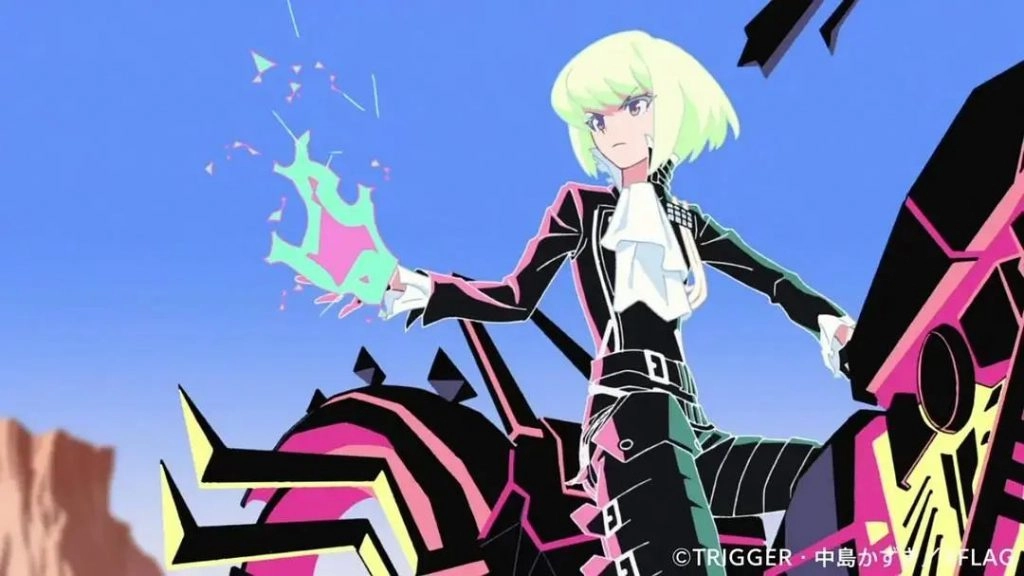
Trigger contracted two episodes of “The Twins” and “The Elder” in “Star Wars: Visions”.
The former talks about the entanglement between the twins and the energy crystal, while the latter talks about the time philosophical speculation between the master and the disciple vs. Sith.
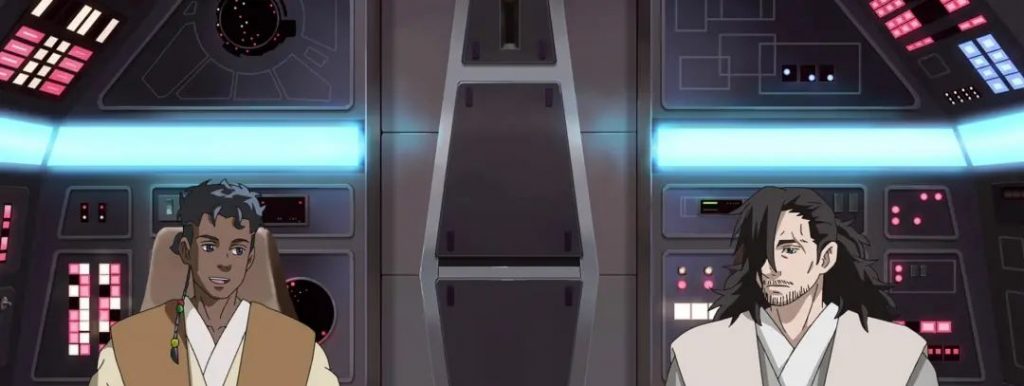
The response to these two episodes was mediocre, more like ordinary stories in star wars, and it seemed that they could be replaced in any kind of context.
Kinema Citrus
Kinema Citrus, nicknamed “Suck Rabbit Club”.
With the broad network of the president, it has participated in many animation projects.
Such as “Ryoko’s Case File” and “Hanasaku Iroha”.
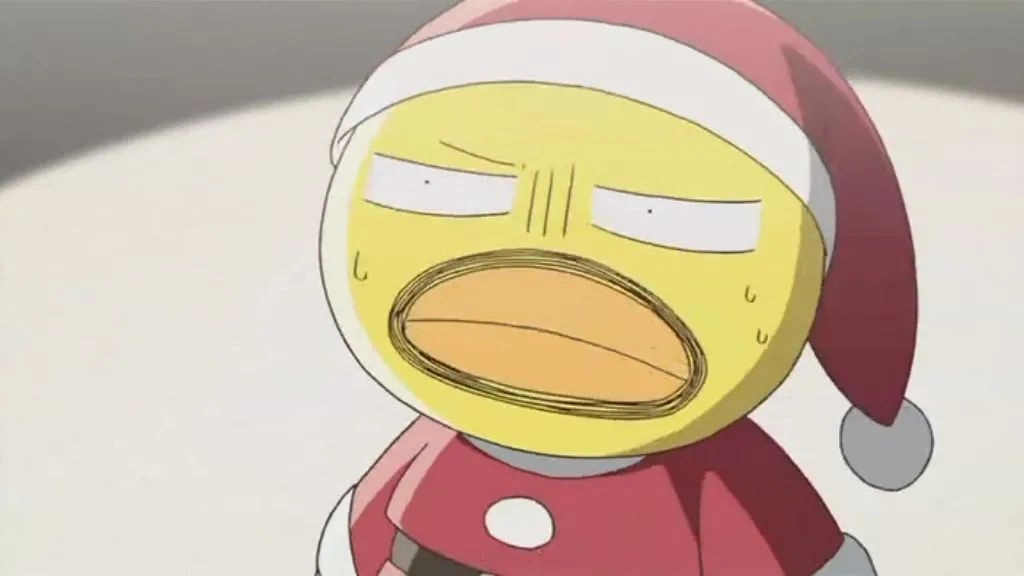
Since Kinema Citrus was independently produced, it has also created “Made in Abyss” and “Girl☆Opera レヴュースタァライト” and other fine works.
Kinema Citrus is known for its cute style.
The style of “Star Wars: Visions-The Village Bride” produced by Kinema Citrus is closer to the girly manga.
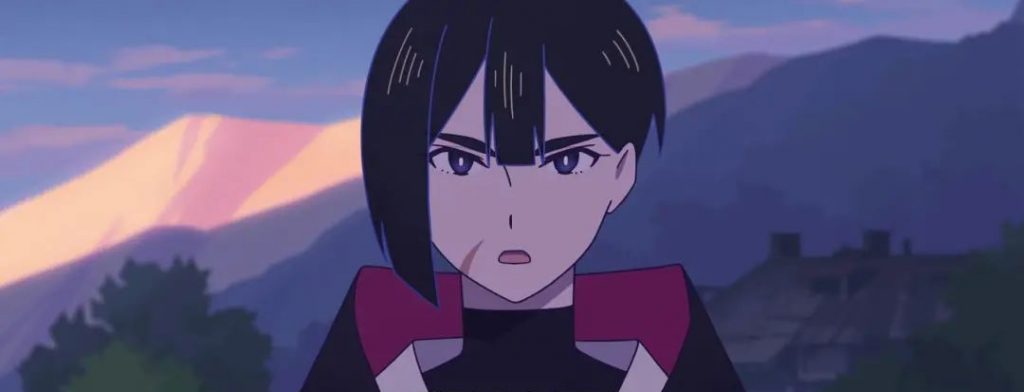
“Star Wars: Visions-The Village Bride” tells the story of a Jedi warrior visiting a friend and encountering a traditional wedding ceremony.
In the end it ended with the samurai helping the newlyweds to solve their troubles.
Science Saru
The former president of “Science Saru” is Masaaki Yuasa, so many of the early anime works have been marked with a strong “Masaaki Yuasa brand”.
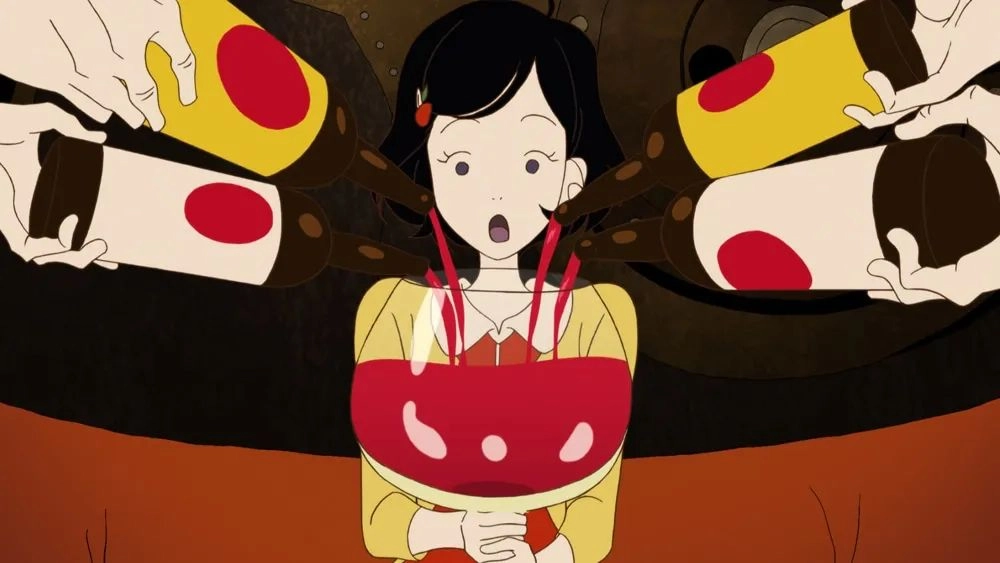
For example, we are familiar with “The Night is Short, Walk on Girl” and “Ride Your Wave” and the big hit “Keep Your Hands Off Eizouken” in previous years! “, all present a wonderful and curious style and romantic imagination.
Science Saru made two episodes of “T0-B1” and “Akakiri” in “Star Wars: Visions”.
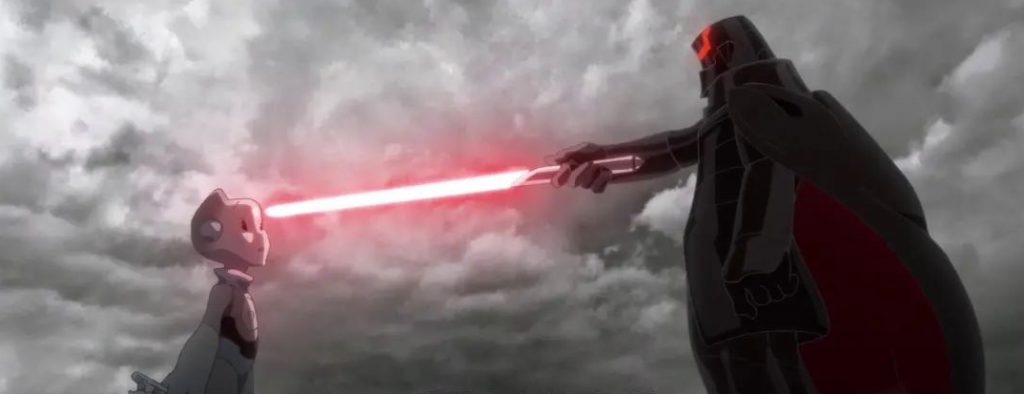
“T0-B1” begins with Sith chasing and killing the old Jedi, and ends with the successful revenge of the robot T0-B1.
“Akakiri” is the court story of the Jedi samurai becoming Sith.
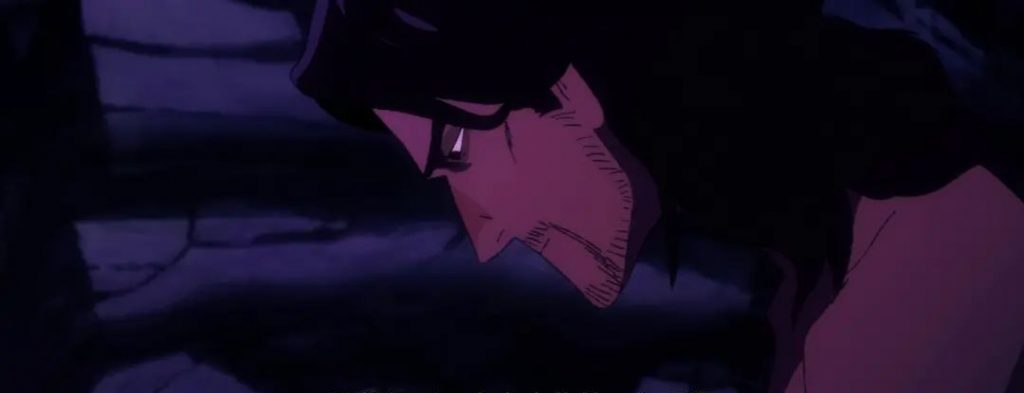
“Akakiri” is not much new on the whole, it can only be said that it is very accurate.
Production I.G
Production I.G is a large company, and its masterpieces can’t be counted.
TV animations include “Ghost in the Shell” and “xxxHOLiC”.
Theater animations include “NEON GENESIS EVANGELION” and “Legend of the Galactic Heroes Die Neue These”.
The characteristics of Production I.G are: rich wealth, burning funds, and the style of painting highlights the sense of the future and the sense of science fiction.
As early as 2019, Netflix cooperated with Production I.G to launch the world’s first 4K hand-drawn animation “Sol Levante”, which is a technological leapfrog innovation.
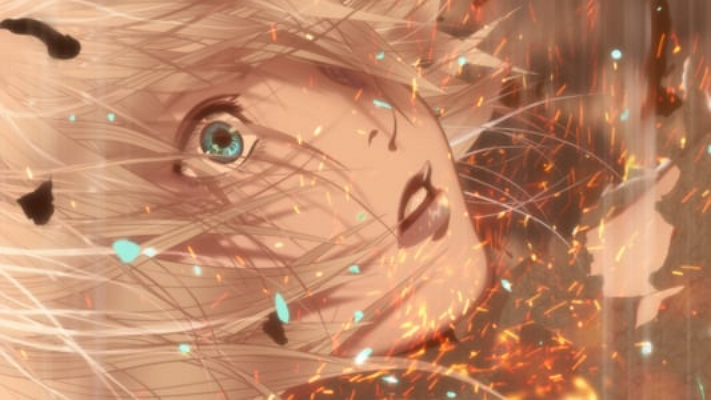
I don’t know if it’s because of the experience of cooperating with Hollywood, so Production I.G is very proficient in the production of “Star Wars: Visions-The Ninth Jedi”.
Star Wars: Visions-The Ninth Jedi also focuses on the contradiction between Sith and the Jedi.
But it sets up an identity reversal, which is full of Hollywood suspense.
Geno Studio
Geno Studio was established at the end of 2015, and it is a relatively small new company.
Its representative works are “ゴールデンカムイ”, “Kokkoku” and “Genocidal Organ”.
The style of Geno Studio is: story>painting style.
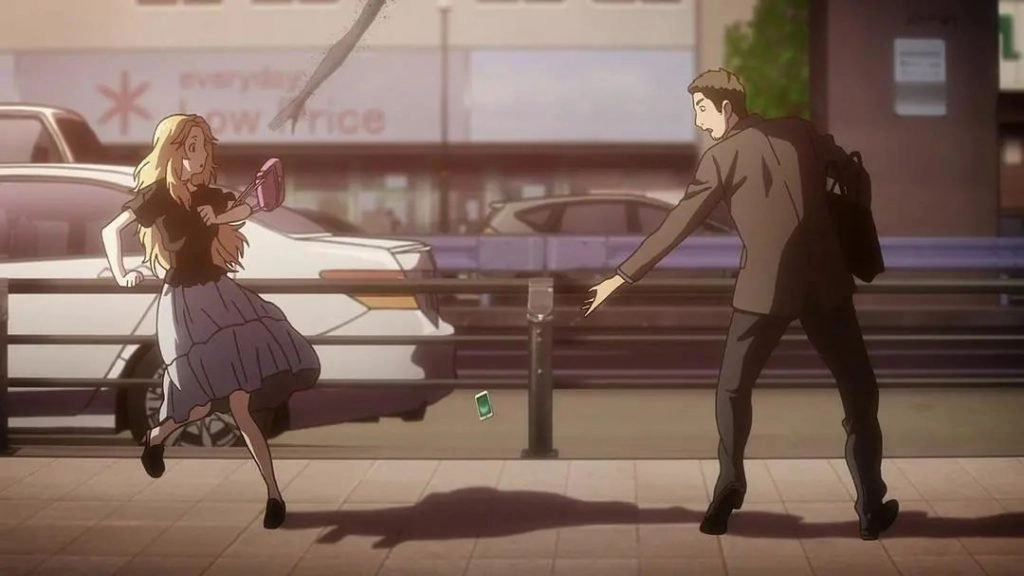
Take “Kokkoku” as an example. It is often criticized for “unsmooth movement and unstable painting”, but there is nothing to fault in the drama.
In addition, Geno Studio attracts audiences with high-concept settings (Hokkaido Survival War/Zhikaishu Family).
Geno Studio’s “Star Wars: Visions-Lop and Ochō” tells about the differences in the family’s attitude towards the empire, and the content is an ineffective episode.
Because the intruder can be anyone, it does not have the uniqueness of the Star Wars elements, and the overall painting style is traditional and has a stable beauty.
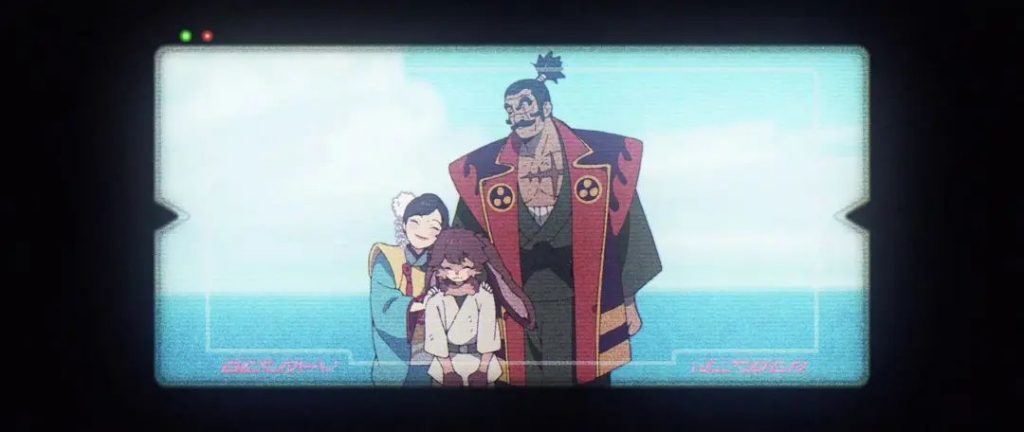
On the whole, since this animation was created separately, the level of the series will inevitably be mixed.
The psychological process of watching “Star Wars: Visions” is like riding a roller coaster, up and down, ups and downs.
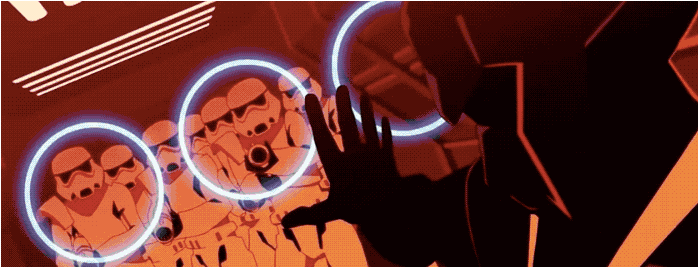
Just as Forrest Gump doesn’t know what the next piece of chocolate will be, we can’t guess what the next episode of “Star Wars: Visions” will look like.
Generally speaking, the best work of “Star Wars: Visions” is recognized as “The Duel”, which integrates Eastern and Western cultures.
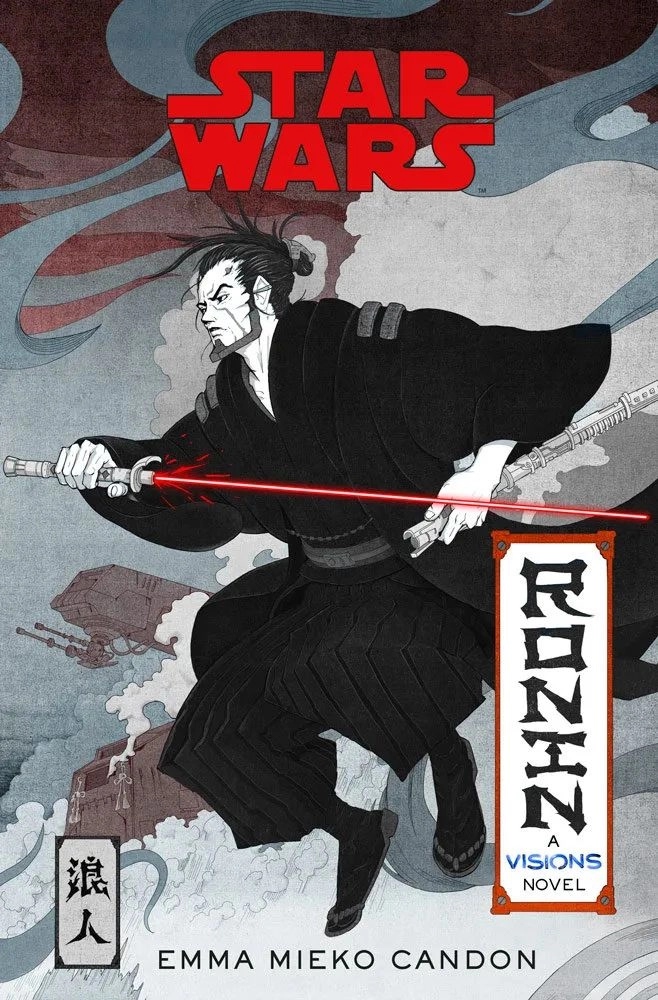
As for the preference of other works, the benevolent sees benevolence, and the wise sees wisdom.
In fact, the significance of “Star Wars: Visions” does not lie in the quality of a single work, but in cross-cultural communication and production.
This platter-style drama not only reflects the standard of the Japanese comic studio, but also demonstrates the determination of Star Wars IP to deepen and broaden.
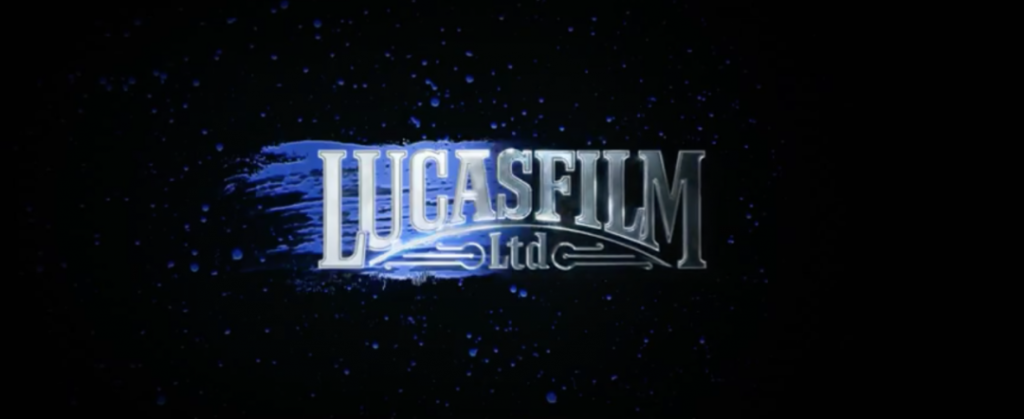
Lucasfilm’s large-scale animation project promotes Japanese comic culture and Star Wars culture, and also adapts to the theme of the era of cross-cultural cooperation and communication.
Regardless of whether there is a second season after “Illusion”, it can be regarded as a bold attempt in the extended works of Star Wars.
We are also happy to look forward to more surprises in the future.
Related Post: Japanese animation style “Star Wars: Visions” Exposure Trailer.
